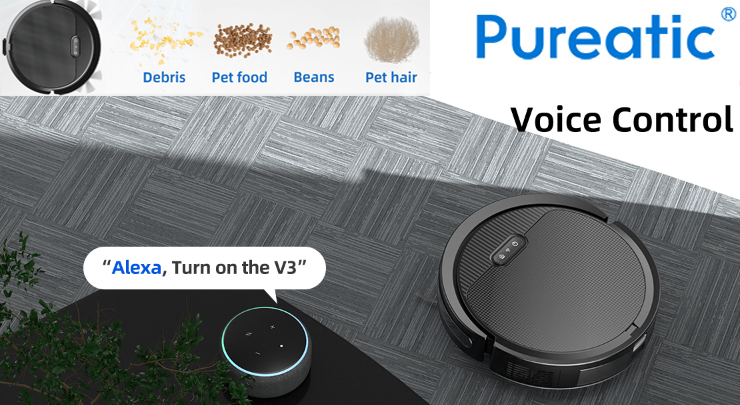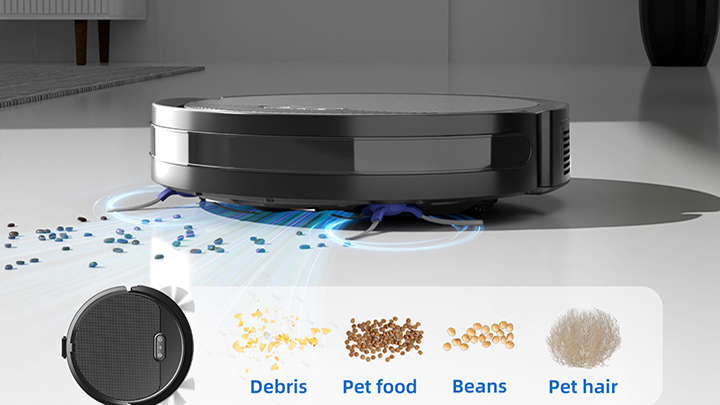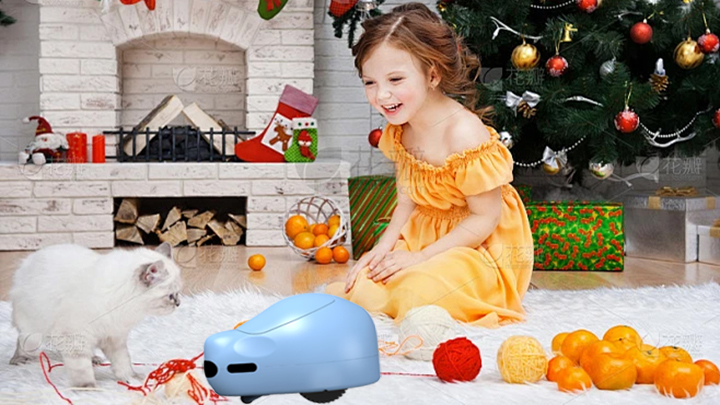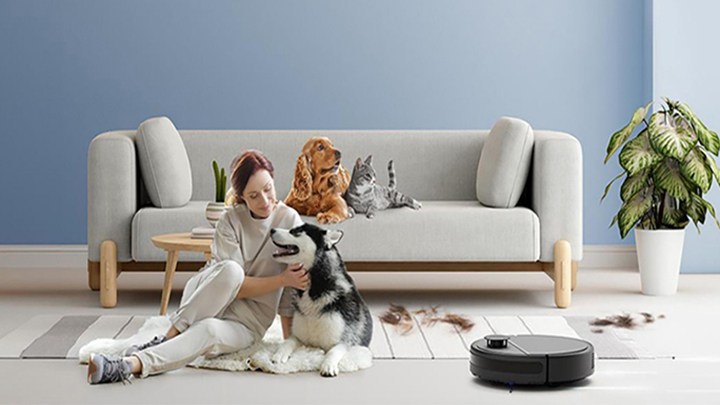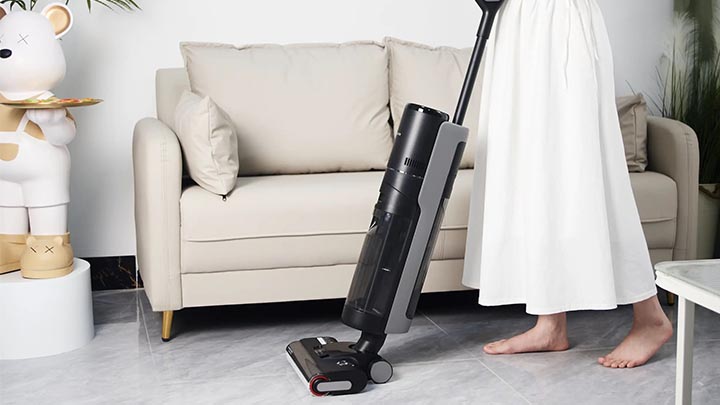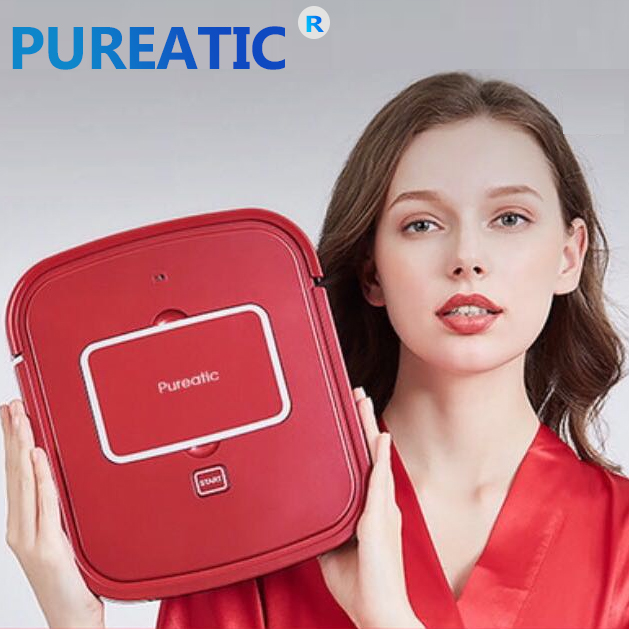How to Choose a Pet Feeder
Determining whether a pet feeder’s capacity is suitable for your pet requires a comprehensive assessment based on your pet’s food intake, feeding frequency, duration of your absence, and the specific usage scenario of the feeder. This helps avoid food spoilage due to excessive capacity or frequent food shortages from insufficient capacity. Here’s how to calculate it step by step:1. First, calculate your pet’s daily food intakeThe core reference for capacity is how much food your pet needs per day. The formula is:Daily food intake (g) = Pet’s weight (kg) × Daily calorie requirement coefficient ÷ Calories per gram of dog/cat food• Simplified version (for quick estimation):◦ Cats: Adult cats typically eat 40–60 grams per day (varies by size: 30–50g for small breeds, 50–70g for larger breeds).◦ Dogs: Small dogs (under 5kg) eat about 50–100 grams per day; medium dogs (10–20kg) eat 200–400 grams per day; large dogs (over 30kg) eat 500–800 grams per day.Note: Puppies/kittens and highly active pets may have higher intake. Refer to the feeding guidelines on your pet food packaging for specifics.2. Calculate required capacity based on your usage scenarioThe feeder’s capacity should cover your pet’s total food intake during your longest period of absence. The formula is:Required capacity (g) = Daily intake × Number of absence days + 20% backup amountScenario-based references:• Daily office workers (return home daily): Capacity only needs to meet 1 day’s intake (to prevent food from getting damp during long storage). Small pets: 1–2L; medium dogs: 2–3L.• Short weekend trips (2–3 days): Calculate for 3 days. Cats: 1.5–2.5L; small dogs: 2–4L.• Long business trips (5–7 days): Needs to cover 7 days. Cats: 3–5L; medium dogs: 5–8L (for large dogs, combine with a feeder and arrange for someone to check in regularly). As PUREATIC PF300D, 4L capacity, suitable for most types of pets;
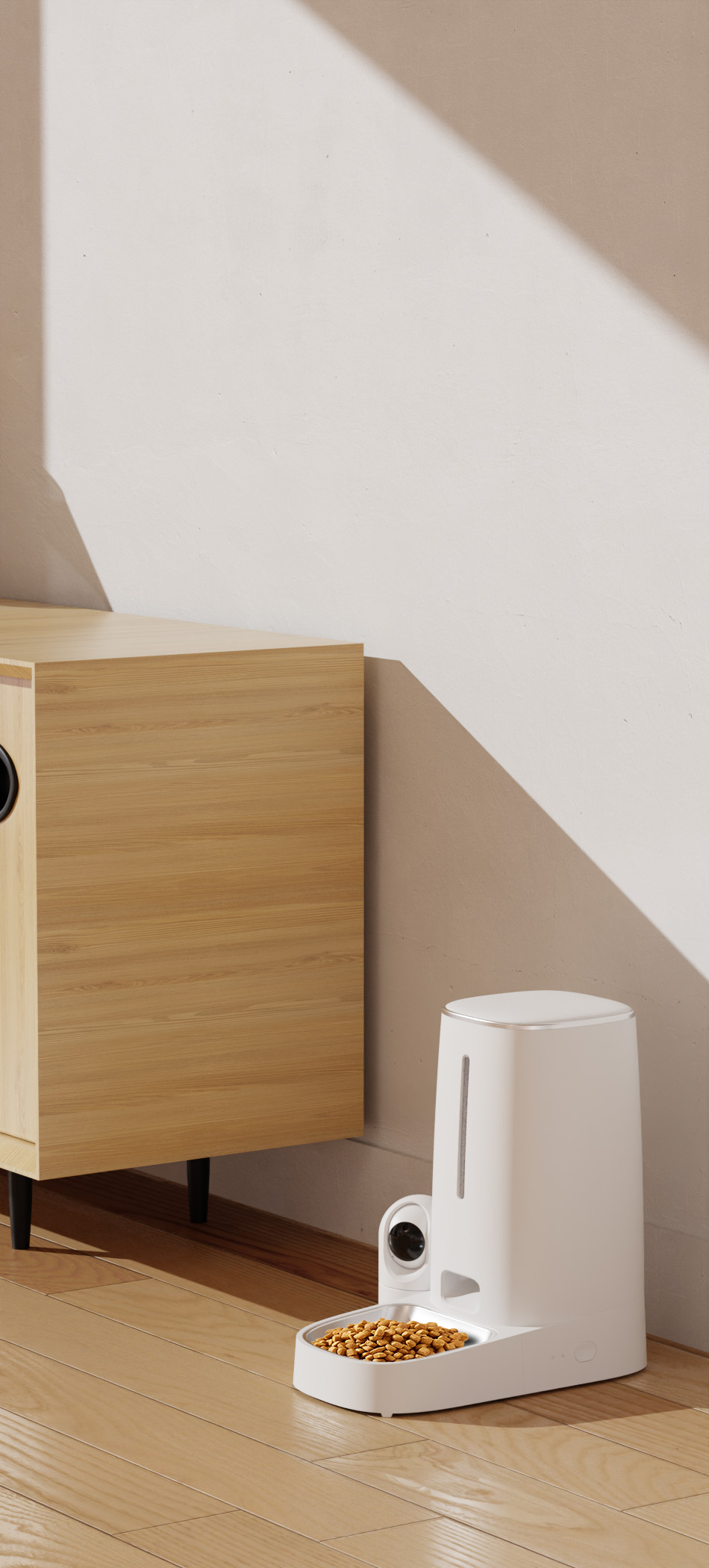 3. Pay attention to the actual usable capacity• Labeled capacity ≠ actual food capacity: Feeders reserve space in the storage bucket to avoid overflow or jamming, so actual food capacity is usually 80%–90% of the labeled capacity (e.g., a 5L labeled feeder holds ~4–4.5L).• Food type affects capacity: Larger kibbles (e.g., large-breed dog food) take up more space, so the same capacity holds less weight. Smaller kibbles (e.g., kitten food) fill more densely—avoid exceeding the max fill line to prevent jamming.4. Pitfalls to avoid• Bigger isn’t always better: Large-capacity feeders store food longer, increasing the risk of dampness and bacterial growth (especially in humid climates). Choose based on cleaning frequency; for absences over 7 days, add regular check-ins.• Multi-pet households: Calculate total intake by adding individual portions (e.g., 2 adult cats need ~100g/day total; for 3 days, choose ≥2L).Summary:Start by calculating daily intake, then determine total needs based on your longest absence, and finally reference the feeder’s actual capacity. Aim for “enough without waste” while keeping food fresh!
3. Pay attention to the actual usable capacity• Labeled capacity ≠ actual food capacity: Feeders reserve space in the storage bucket to avoid overflow or jamming, so actual food capacity is usually 80%–90% of the labeled capacity (e.g., a 5L labeled feeder holds ~4–4.5L).• Food type affects capacity: Larger kibbles (e.g., large-breed dog food) take up more space, so the same capacity holds less weight. Smaller kibbles (e.g., kitten food) fill more densely—avoid exceeding the max fill line to prevent jamming.4. Pitfalls to avoid• Bigger isn’t always better: Large-capacity feeders store food longer, increasing the risk of dampness and bacterial growth (especially in humid climates). Choose based on cleaning frequency; for absences over 7 days, add regular check-ins.• Multi-pet households: Calculate total intake by adding individual portions (e.g., 2 adult cats need ~100g/day total; for 3 days, choose ≥2L).Summary:Start by calculating daily intake, then determine total needs based on your longest absence, and finally reference the feeder’s actual capacity. Aim for “enough without waste” while keeping food fresh!

